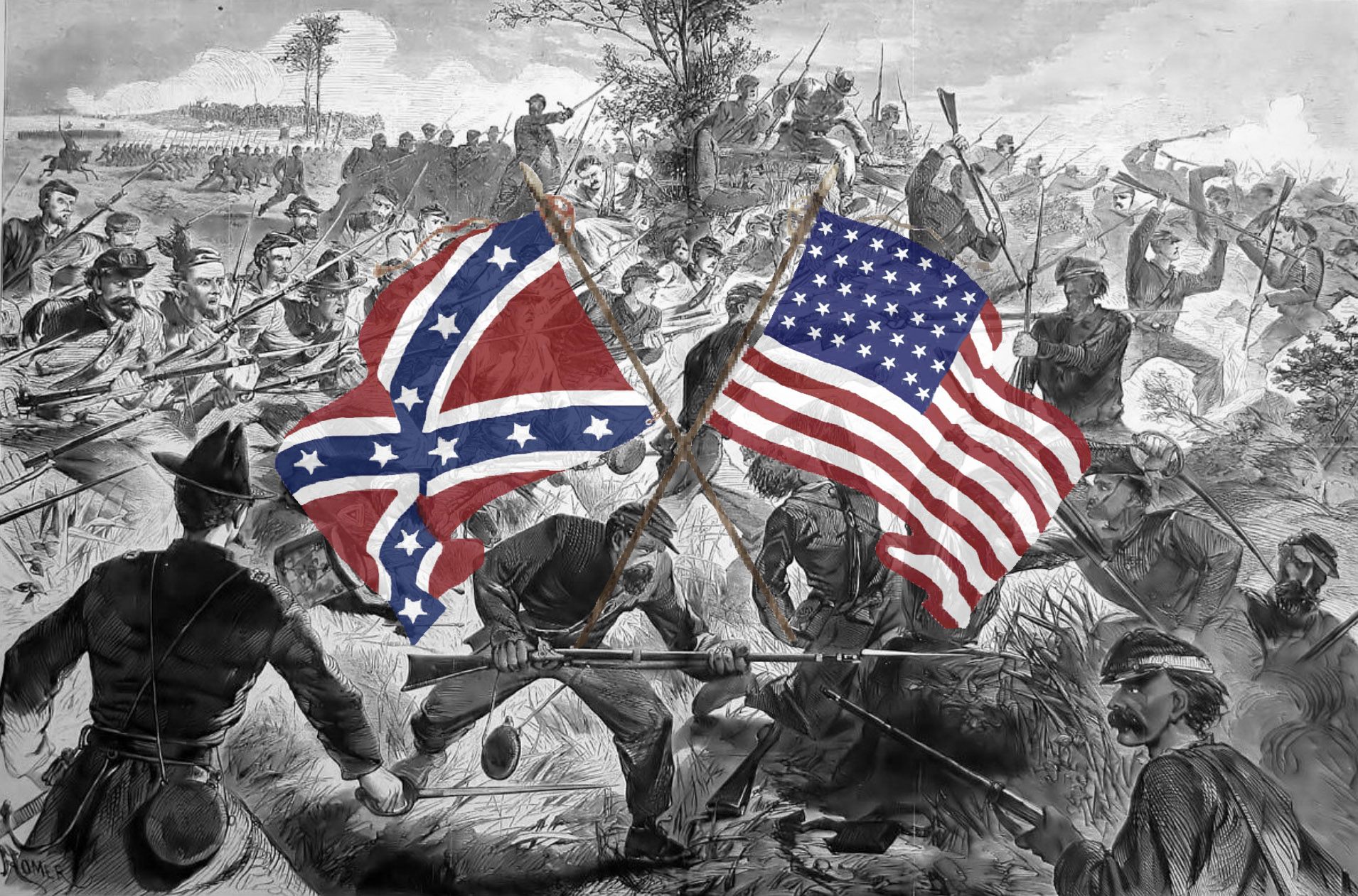Debates over slavery were major forces that pushed the United States toward the Civil War between 1830 and 1860. The North and South were deeply divided in their beliefs about slavery and what they saw as morally right or wrong. The North supported abolition and remained part of the Union, while the South defended slavery as essential to its economy and identity, forming the Confederacy. These moral and political disagreements led to laws, court rulings, and cultural movements that only deepened hostility. The Kansas-Nebraska Act of 1854, the Dred Scott decision, and Uncle Tom’s Cabin all revealed the growing conflict within the nation. Over time, this division turned into open violence and political chaos, leading to war and, ultimately, the end of slavery after Lincoln’s election.
The Kansas-Nebraska Act of 1854 reignited national tension over the issue of slavery. It allowed settlers in Kansas and Nebraska to vote on whether to permit slavery, overturning the Missouri Compromise of 1820, which had banned it in that area. The decision caused an uproar as both pro-slavery and anti-slavery settlers rushed into Kansas to influence the outcome. The situation quickly turned violent, leading to the period known as “Bleeding Kansas.” One major event during this time was John Brown’s raid, which showed how deeply divided the nation had become and how moral conviction was turning into armed conflict.
The Dred Scott Decision of 1857 further widened the gap between the North and South. Dred Scott, an enslaved man, sued for his freedom after living in free territories, but the Supreme Court ruled that he was not a U.S. citizen and had no right to sue. The Court also declared that Congress could not ban slavery in any territory. This decision outraged Northerners, who viewed it as a major setback for justice and freedom. It strengthened abolitionist movements and made many Americans lose faith in the nation’s ability to resolve the issue peacefully.
Another turning point came with the publication of Harriet Beecher Stowe’s Uncle Tom’s Cabin in 1852. The novel exposed the cruelty of slavery and appealed to readers’ emotions and moral values. It inspired more people in the North to support abolition, while Southerners condemned it as unfair and misleading. The book’s emotional impact deepened the divide between the two regions and made slavery not just a political issue, but a deeply personal and moral one.
Finally, Abraham Lincoln’s election in 1860 brought years of rising tension to their breaking point. Lincoln opposed the spread of slavery, and his victory convinced many Southern states that their rights were being threatened. In response, they seceded from the Union, beginning the Civil War.
In conclusion, the long struggle over slavery tore the United States apart. The Kansas-Nebraska Act, the Dred Scott decision, and Uncle Tom’s Cabin each revealed how divided the country had become in its values and beliefs. Combined with Lincoln’s election, these events made conflict unavoidable—but they also set the stage for the nation to confront its greatest moral challenge and finally abolish slavery.


No responses yet